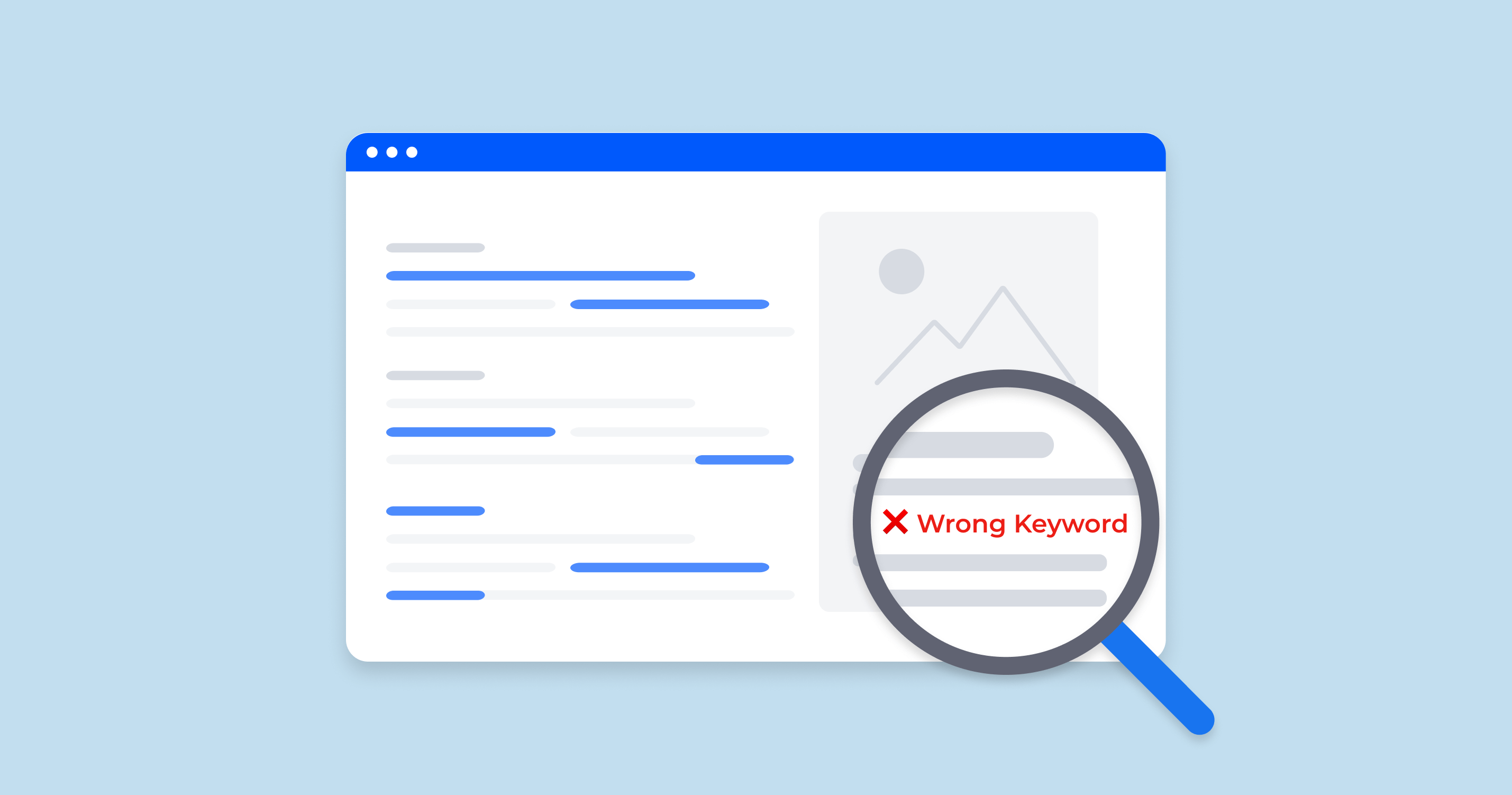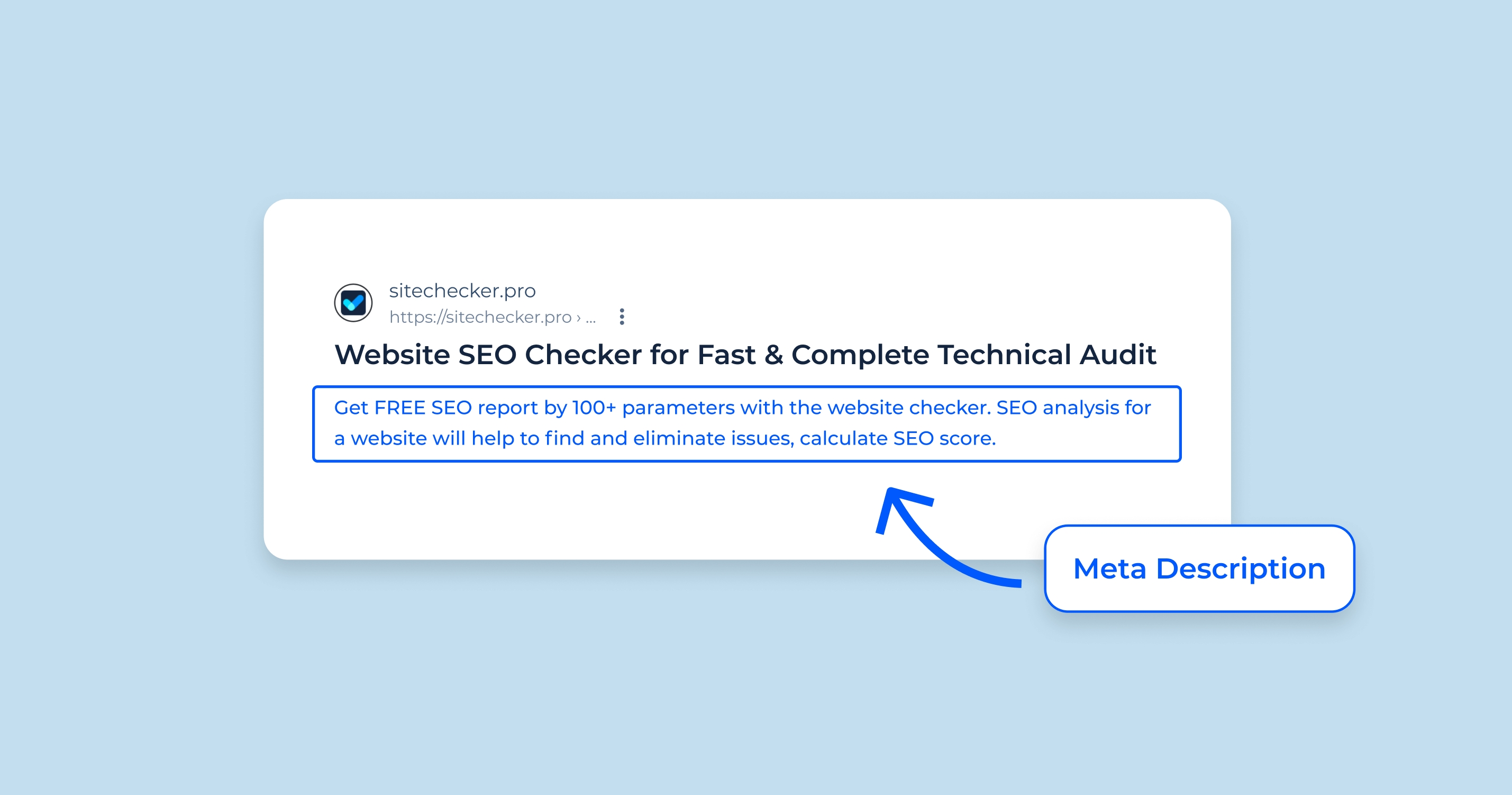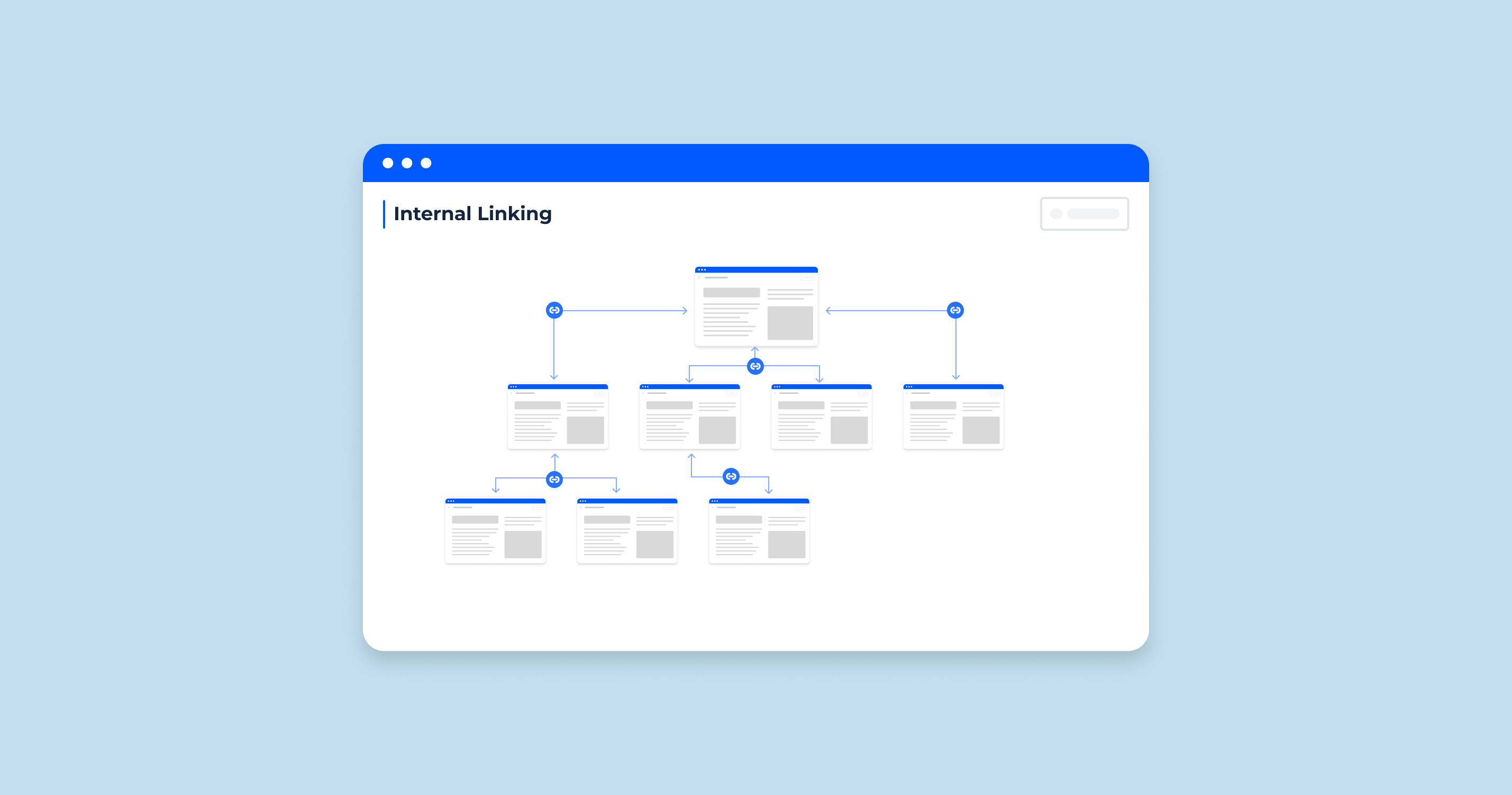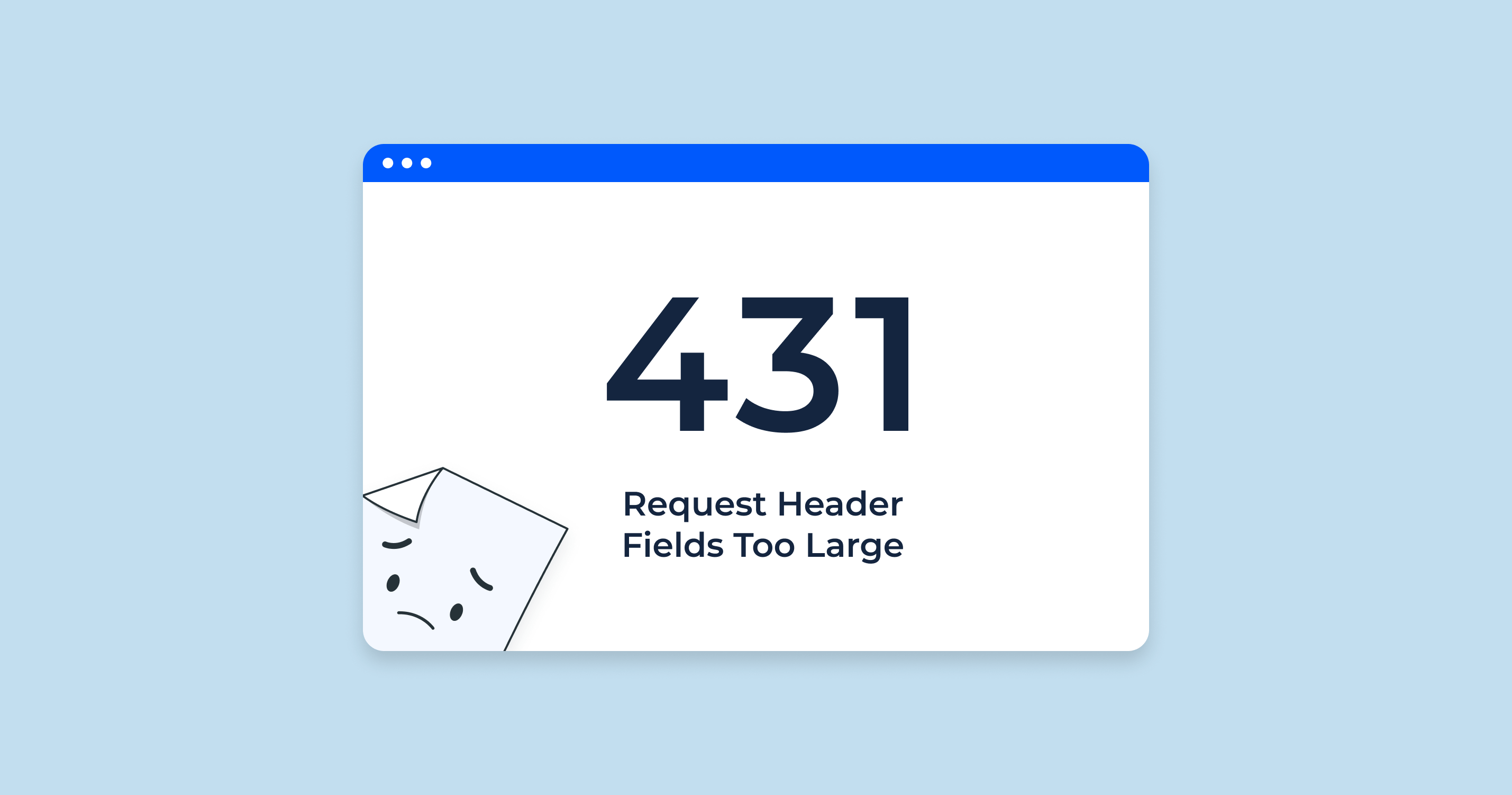Understanding Why the Wrong Page Ranks
It’s frustrating when the wrong page appears in search results for your targeted marketing keyword. But before you can rectify the situation, it’s essential to understand why it’s happening. This section will guide you in identifying the wrong page and determining which page should ideally rank.
How can you tell if the wrong page is ranking?
Noticing that the wrong page is ranking starts with an understanding of user intent. When a user types a query into a search engine, they have an intent behind it, be it informational, transactional, or navigational. To discern if the wrong page is ranking:
- Check Search Query Reports: Using tools like Google Search Console, observe which queries your pages are appearing for and assess if the content matches the user’s likely intent.
- Analyze Bounce Rates: If a page has a high bounce rate from organic search traffic, it could indicate that visitors aren’t finding what they expected based on their search query.
- Listen to User Feedback: If users frequently comment or give feedback that they couldn’t find the information they were seeking, it might suggest a mismatch between their search intent and the page’s content.
Which page should you ideally rank?
The best-ranking page is one that best matches the searcher’s intent. It should provide the most value, relevance, and information about the queried term. Consider the following when determining the ideal ranking page:
- Content Relevance: Does the content directly address the user’s query?
- Depth of Content: A comprehensive page that covers a topic thoroughly is more likely to rank over a shallow one.
- User Experience: A well-designed, easily navigable page with clear CTAs will hold user attention better and reduce bounce rates.
- Page Authority: A page that has been linked to frequently and is seen as an authority on a topic is more likely to rank higher.
Identifying your most valuable Google queries
Your most valuable Google queries are the searches that drive the most qualified traffic to your site. To identify them:
-
Use Google Search Console: Look at the ‘Performance’ report to see which queries are bringing in the most clicks and impressions.
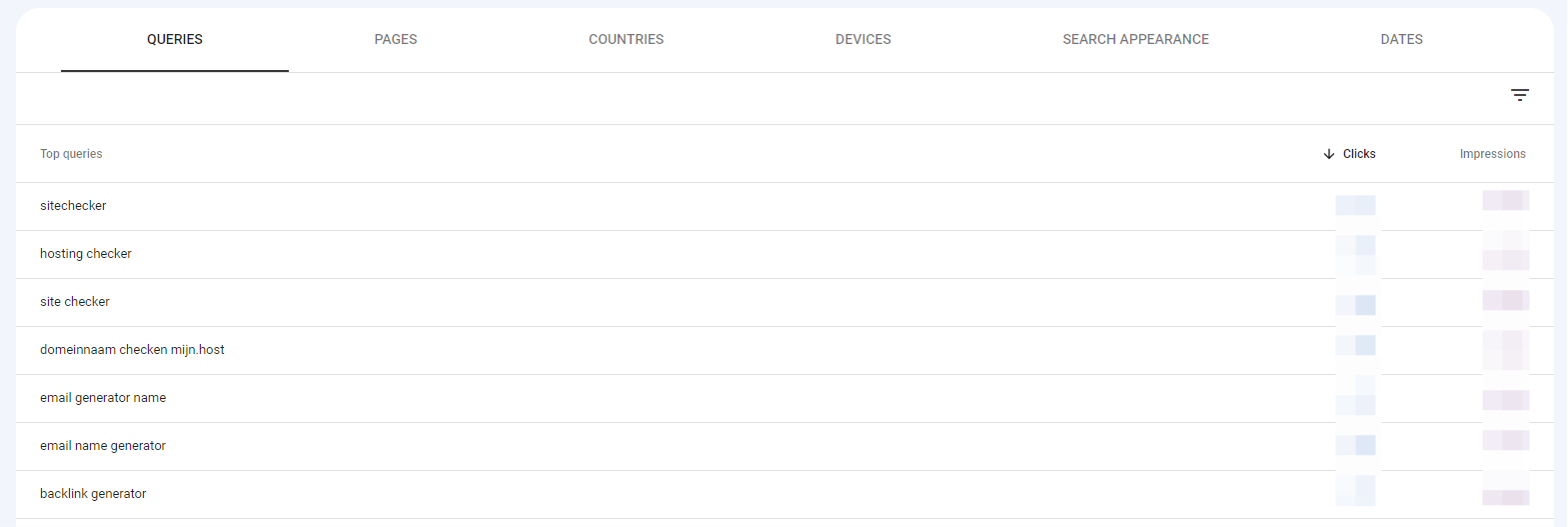
- Assess Conversion Rates: Not all high-traffic queries are equal. Some might bring in a lot of visitors, but if they don’t convert, they might not be as valuable. Use tools like Google Analytics to see which queries lead to conversions.
- Estimate Potential Traffic: Using keyword research tools like SEMrush or Ahrefs, you can estimate the traffic potential for different queries.
Check which pages rank for your most important queries
After identifying your valuable queries, it’s crucial to check which of your pages are currently ranking for them:
- Google Search Console: In the ‘Performance’ report, you can see the pages associated with each query. This will give you insights into which of your pages Google believes to be most relevant for those queries.
- Manual Google Search: Simply type your targeted queries into Google and see which of your pages appear in the search results. This will also give you a feel for what users experience when they search for those terms.
- SEO Tools: Platforms like Sitechecker can show you the ranking position of your pages for specific keywords.
Understanding the pages that rank for your keywords and ensuring they align with user intent is the foundation of effective SEO. The process may require ongoing adjustments, but with careful monitoring and optimization, you can ensure that the right pages rank for competitive keywords and the right queries.
Diagnosing the Underlying Issue
Do you even have a page that specifically matches the given query?
One of the first things to consider when your desired page isn’t ranking is whether you have a page that’s tailored to that specific query. It might seem basic, but sometimes the most straightforward issues are overlooked.
- Audit Your Content: Regularly review your website content to ensure you have dedicated pages for your primary keywords. If a specific query is valuable, it deserves a well-crafted page.
- Match Intent with Content: Even if you have a page on a topic, it might not align with the searcher’s intent. For instance, someone searching for “how to bake a chocolate cake” is likely seeking a recipe, not the history of chocolate cake.
- Fill Content Gaps: If you discover that you lack a page matching a valuable query, prioritize creating content that fulfills this need. Use keyword research tools to uncover related terms and queries to ensure comprehensive coverage.
Are there any technical/quality issues that prevent the desired page from ranking high?
Even if you have top-tier content, technical and quality issues can hinder your ranking. Here are some common culprits:
| Slow Page Load Times | A sluggish page can harm your SEO and user experience. Use tools like Google’s PageSpeed Insights to diagnose and address these issues. |
| Mobile Unfriendliness | With mobile searches dominating, ensure your page is mobile-friendly. Google’s Mobile-Friendly Test can help identify issues. |
| Broken Links | Broken internal or external links can harm the user experience and your SEO. Regularly check for and fix broken links on your site. |
| Duplicate Content | Duplicate content can confuse search engines and lead to ranking issues. Ensure that all your content is unique and provides value. |
| Thin Content | Pages with very little valuable content can be seen as low quality by search engines. Ensure every page provides comprehensive and relevant information on its topic. |
| Poor On-Page SEO | Ensure that meta tags, headers, and content are optimized for your target keywords. |
| No Index Tags | Ensure your desired page isn’t inadvertently marked with a ‘noindex’ tag, which would prevent it from appearing in search results. |
Are the page rankings being cannibalized by another page of yours?
Keyword cannibalization occurs when multiple pages on your site compete for the same keyword, which can dilute your ranking strength and confuse search engines.
- Identify Overlapping Content: Use SEO tools to find pages on your site that rank for the same keywords. If multiple pages rank for a keyword, it might be a sign of cannibalization.
- Analyze Search Intent: Ensure that each page serves a distinct purpose and user intent. If two pages cater to the same intent, consider merging them.
- Consolidate or Differentiate: Based on your analysis, decide whether to merge overlapping pages or differentiate them further. Merging can be done by redirecting one page to another (using a 301 redirect) and combining the best content from both. Differentiation involves making content distinct enough so that each page targets a unique aspect of the keyword or query.
- Strengthen Internal Linking: Use internal links wisely to guide search engines and users to your most authoritative page for a particular keyword.
Addressing these challenges head-on ensures that your business website offers a coherent and user-centric experience, making it more likely to achieve the desired rankings in search results.
De-optimization: A Step-by-Step Process
When you’ve determined that a particular page is ranking for a keyword it shouldn’t, the de-optimization process comes into play. This process involves making strategic changes to ensure the correct page ranks for the desired keyword. Let’s delve into a systematic approach to de-optimizing your pages ranking more effectively.
Step 1: Choose your desired ranking page
Before making any changes, pinpoint the page you want to rank for a specific keyword.
- Content Analysis: Assess which of your pages best addresses the search intent associated with the keyword.
- Usability and Engagement: Ensure the chosen page provides an optimal user experience, from load time to readability.
- Relevance and Depth: The ideal page should offer comprehensive, updated, and relevant information for the targeted keyword.
Step 2: Assign keywords to pages
To avoid future confusion and keyword cannibalization:
- Keyword Mapping: Create a spreadsheet to assign specific keywords to particular pages. This way, you ensure each keyword is primarily targeted by one page.
- Avoid Overlap: Be wary of assigning very similar or overlapping keywords to different pages.
Step 3: Evaluate ranking content vs. your desired content
- Content Gap Analysis: Compare the content of the wrongly ranking page to your desired page. Identify what might be causing the former to rank: is it more comprehensive, more recent, or does it have better on-page optimization?
- Address Discrepancies: If the desired page is lacking, improve it by adding missing content or updating outdated information.
Step 4: Remove keywords from the deoptimized page
If a non-relevant page is ranking due to specific related keywords:
- Keyword Removal: Eliminate or replace the keyword causing the page to rank incorrectly.
- Content Revision: Modify content to ensure it’s relevant to the page’s primary topic without diluting its quality or relevance.
Step 5: Strengthen internal linking
Internal links can signal to search engines which pages are most important.
- Link to the Desired Page: From relevant and authoritative pages on your site, link to the page you want to rank.
- Revise Existing Links: If the wrong page has numerous internal links pointing to it, consider redirecting some of those to the desired page.
- Anchor Text: Use descriptive anchor text that includes the target keyword for the desired page.
Step 6: Submit pages to Google Search Console
Once you’ve made the necessary changes, prompt Google to re-crawl your pages.
- Submit the URL: In Google Search Console, submit the URL of the updated desired page for indexing.
- Monitor Performance: After submission, regularly check the performance report to see how the page is ranking for the targeted keyword.
- Feedback Loop: If the page isn’t ranking as desired after some time, consider revisiting the de-optimization steps or looking into other potential issues.
The de-optimization process is a nuanced approach to SEO, requiring attention to detail and strategic thinking. By following these steps and continually monitoring performance, you can ensure that the most relevant and valuable pages rank for their designated keywords.
Technical Considerations to Rank Your Desired Page
Beyond the content and keyword strategies, there are essential technical aspects to consider to ensure your desired page ranks prominently. Here’s a detailed exploration of these key considerations.
Check the backlink profile
Backlinks are crucial for ranking. A robust and relevant backlink profile can provide the authority your page needs.
- Quality Over Quantity: It’s better to have a few high-quality links from reputable websites than numerous links from low-quality sites.
- Use Backlink Checkers: Tools like Ahrefs, Moz, and SEMrush can help you analyze your backlink profile.
- Disavow Harmful Links: If you find links from suspicious or spammy websites pointing to your page, use the Google Disavow Tool to distance your site from them.
- Seek Out Relevant Opportunities: Reach out to industry blogs, publications, or partners to gain high-quality backlinks.
Check engagement metrics
Engagement metrics provide insights into how visitors interact with your page and can indirectly influence rankings.
- Analyze Bounce Rate: A high bounce rate might indicate that visitors aren’t finding what they’re looking for.
- Monitor Time on Page: If visitors spend a good amount of time on your page, it suggests they find the content valuable.
- Page Views Per Session: Multiple page views can indicate that users are engaged and exploring your site further.
- Use Google Analytics: This tool offers comprehensive insights into various engagement metrics.
Consider page speed optimizations
Page speed is a ranking factor, and slow-loading pages can deter visitors.
- Compress Images: Large images can significantly slow down your page. Use tools like TinyPNG or ImageOptim.
- Leverage Browser Caching: Store parts of your site in the user’s browser so they don’t have to reload the entire page upon revisits.
- Minimize Code: Tools like HTMLMinifier, CSSNano, and UglifyJS can help you reduce the size of your site’s code.
- Use Content Delivery Networks (CDNs): CDNs can store copies of your site on servers around the world, making it faster for users to load your page.
- Check Page Speed: Use Google’s PageSpeed Insights or GTmetrix to get specific recommendations for improvement.
301 redirects
301 redirects are a way to tell search engines and users that a page has permanently moved to a new URL.
- Consolidate Duplicate Content: If you have multiple pages with similar content, consider merging them and using a 301 redirect to guide users and search engines to the primary page.
- Update Outdated Pages: If you’ve created a newer, more relevant page, use a 301 redirect from the old page to the new one.
- Maintain Link Equity: 301 redirects transfer the majority of link equity from the old page to the new one, preserving its SEO value.
- Avoid Redirect Chains: Ensure that a 301 redirect points directly to the final destination, not through multiple redirects, which can slow down the page and dilute SEO value.
Future-Proofing Your Website
In the ever-evolving landscape of SEO, what works today might not be as effective tomorrow. To ensure lasting success and minimize future disruptions, it’s essential to adopt a forward-thinking approach. Here are strategies to future-proof your website and maintain consistent visibility in search engine results.
Build a keyword map
A keyword map lays the foundation for a coherent and organized SEO strategy, ensuring every important query has a dedicated landing page.
- Start with Research: Use tools like Google Keyword Planner, SEMrush, or Ahrefs to identify keywords relevant to your niche.
- Categorize Keywords: Group keywords by themes or topics. This can be based on products, services, or any other criteria relevant to your website.
- Assign Keywords to Pages: For each group of keywords, determine the best landing page on your site. If no suitable page exists, it might be an indicator of a content gap.
- Regularly Update the Map: As you add new content or as keyword trends change, revisit and update your keyword map.
- Avoid Cannibalization: Ensure that multiple pages aren’t targeting the same keyword to prevent them from competing against each other in search results.
Keep on monitoring
Vigilance is the key to catching and addressing potential issues before they escalate.
- Track Rankings: Use SEO tools to regularly monitor your rankings for crucial keywords. Any significant drop can be an early sign of a problem.
- Set Up Alerts: Tools like Google Search Console can notify you of potential issues, such as crawl errors, security issues, or penalties.
- Monitor Backlinks: Regularly check your backlink profile to ensure you aren’t acquiring harmful links or losing valuable ones.
- Analyze User Behavior: Pay attention to metrics like bounce rate, time on page, and conversion rate. If these metrics start trending in the wrong direction, it might indicate issues with user experience or content relevancy.
- Stay Updated: The world of SEO is always changing, with search engines regularly updating their algorithms. Stay updated with industry news and be ready to adapt to new best practices.
- Regularly Audit Your Site: At least once a year, conduct a comprehensive SEO audit to identify and fix any emerging issues.
By proactively preparing for the future and regularly monitoring performance, you can ensure that your website remains in a strong position to attract and engage visitors, regardless of how the SEO landscape evolves.
Conclusion
The realm of SEO is a dynamic and intricate field, ever-evolving with changing algorithms and user behaviors. Recognizing when the wrong pages rank for certain keywords and knowing how to rectify these issues is pivotal for online visibility and engagement. Moreover, by delving into technical aspects and embracing proactive strategies, websites can not only improve their current standing but also fortify themselves against future uncertainties. In essence, the journey of SEO isn’t about chasing after algorithms but about creating value, relevance, and a seamless user experience that stands the test of time. As the whole digital marketing landscape continues to shift, those who are adaptive, informed, and forward-thinking will undoubtedly lead the way.
